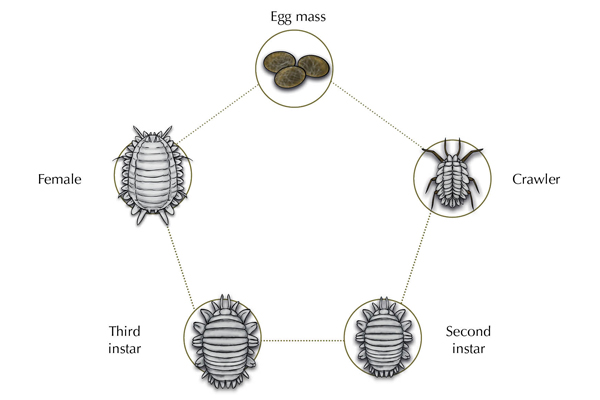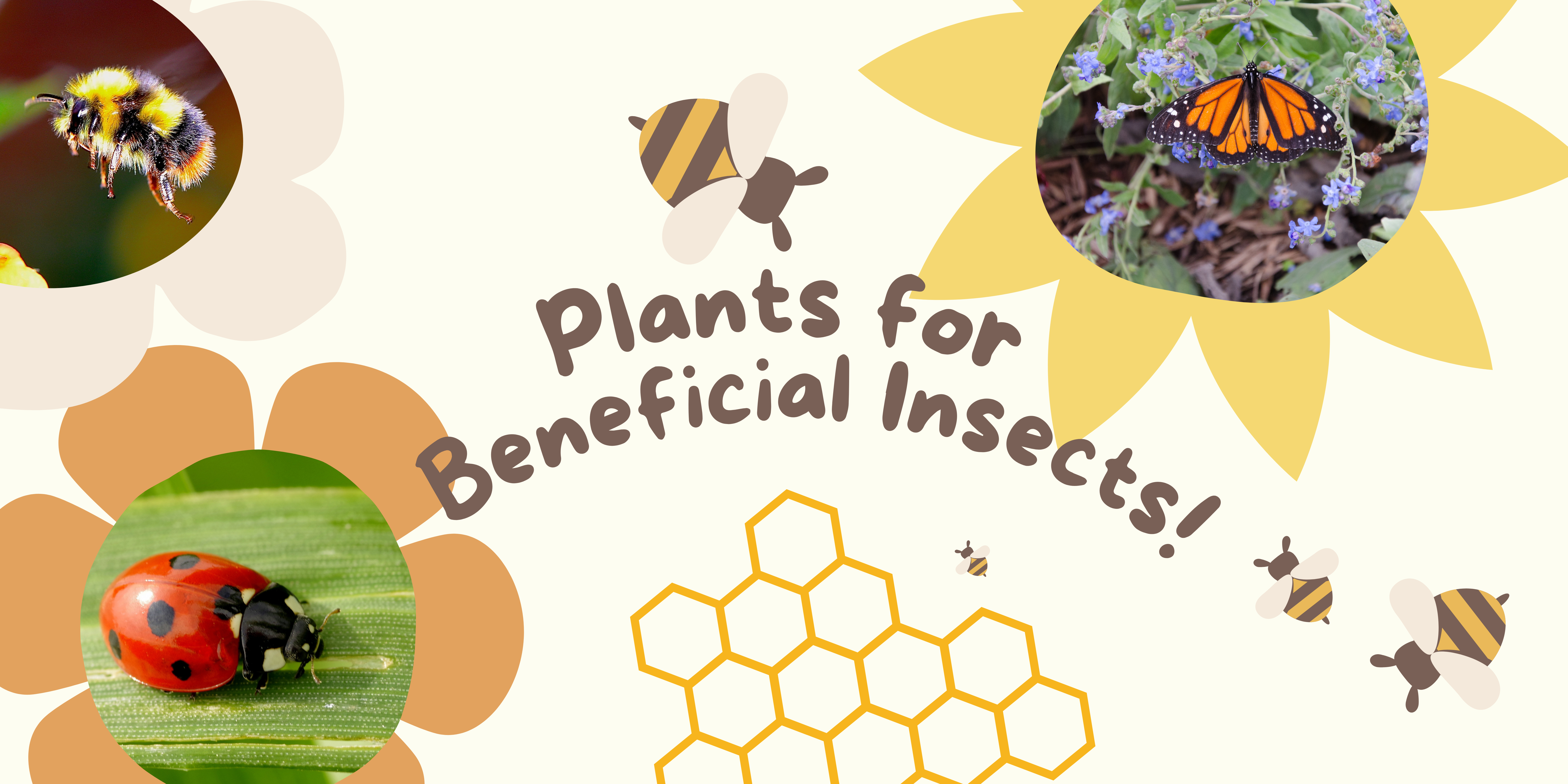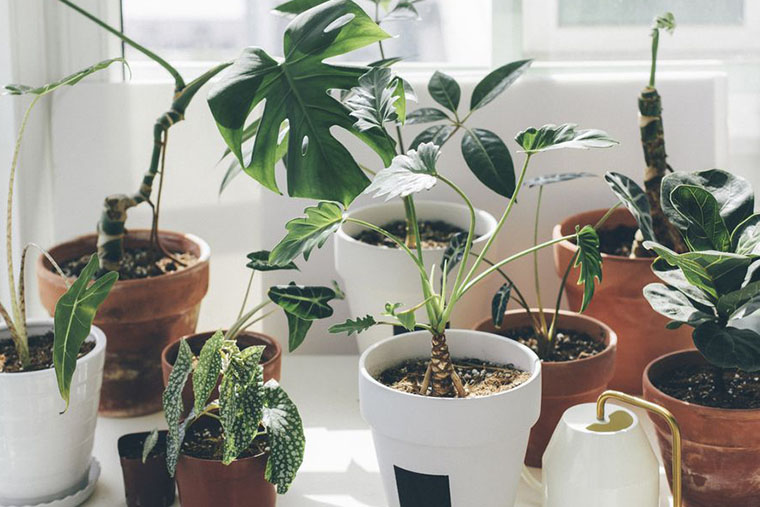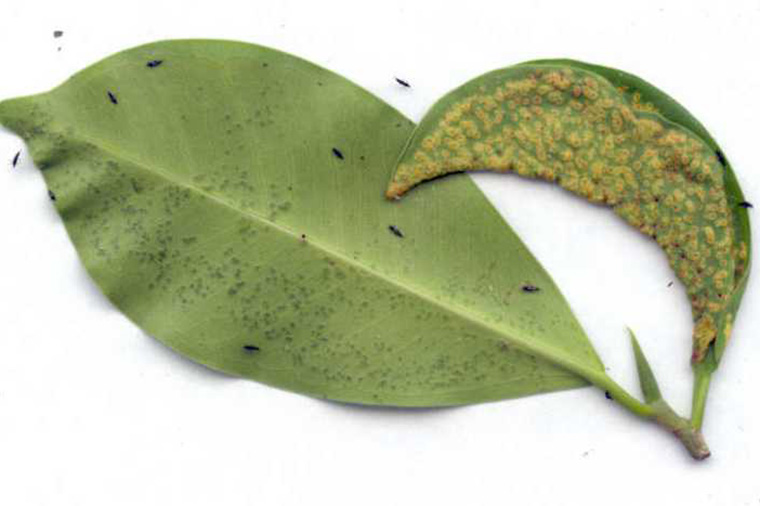
What Are Mealybugs?
Mealybugs are a particularly resilient plant pest often found in warmer moist environments, such as greenhouses, and can often be hard to detect until the colony reaches a larger infestation. This often leads to mealybugs hitching a ride home on indoor houseplants, many times unbeknownst to both the grower and the buyer.
Identifying Mealybugs
Mealybugs are a relative to the soft scale family of insects, however instead of scales their bodies are distinctly segmented and usually covered with a protective wax.
Special Note : That protective wax coating makes mealybugs resilient against contact insecticides, rendering most chemical treatments ineffective.
They first appear as tiny white spots usually congregating in small colonies located in hard to see locations, such as on stems just below leaves or in tight crevices. They are incredibly adept at hiding and sometimes they can not be seen until a colony has grown so large it spills out of hiding. As the mealybugs mature, you may begin to notice a more fuzzy look to those white spots, until they finally reach adult size when they become more easily recognizable to the naked eye as a mealybug. Adult mealybugs have oval white segmented bodies which often appear fuzzy with many legs.
Life Cycle of Mealybugs
Life cycles can vary from species to species, however most adult female mealybugs will lay between 100-200 eggs in cottony egg sacs over a 10-20 day period. Eggs typically take 7-14 days to hatch. Newly hatched mealybug nymphs, called crawlers, are mobile but lack their protective wax coating. Once they find a good feeding spot, they tend to remain stationary, moving less often and less rapidly. As they feed they also begin to excrete their waxy coating. This waxy coating will eventually be molted and replaced by an even more resilient coating as the nymph matures. Nymphs will molt through several instars before becoming adults. Once the adult stage is reached, typically within 6-9 weeks, the adults will begin laying eggs and the process repeats. Since many eggs can be lain over the course a two week period, it is not uncommon to have multiple generations of mealybugs with overlapping lifecycles existing at the same time.
Plant Damage Caused by Mealybugs
Mealybugs are very harmful to our plants. They feed by piercing into the vascular cells and sucking out the plant’s sap, affecting the plant’s vitality, eventually leading to death. They also leave behind a sticky residue known as honeydew which can suffocate the plants exterior membranes and provide a habitable environment for black sooty mold to grow. Black sooty mold will block out sunlight preventing the plant’s ability to photosynthesize.
How to Manage Mealybugs
Quarantine the Plant
Once a mealybug is spotted, act immediately and quarantine the plant. Depending on the level of the infestation and proximity to other plants, you will want to investigate its neighbours. When dealing when mealybugs its best to error on caution, they are too difficult to eradicate once an infestation is underway.
Remove the Mealybugs
Start by giving your plant a shower. If your plant can tolerate it, a strong stream of targeted water should help to dislodge the mealybugs. Make sure to target the underside of leaves and all tiny crevices. For larger numbers of mealybugs and the beginnings of colonies, try including an insecticidal soap as a part of your initial water treatment.
Following the water treatment, do regular spot checks to individually kill and remove any mealybugs found. One way to kill them is by touching them with a cotton swab soaked in rubbing alcohol. The rubbing alcohol will kill on contact but it must have direct contact to be effective. When using this method be sure to check every nook and cranny from multiple angles to be sure no mealybugs were missed. It is also prudent to check around the rim of your pot and in the topmost layer of soil along the stem. It would also be in your favour to repeat this process once of twice a week for the next several weeks, to make sure no mealybug nymphs were missed as they can be quite small and the crawlers can be quick to hide.
For larger infestations it is better to cut your losses. For plants where colonies appear to be localized to less than 30% of the plant you can try pruning out the affected areas. Most plants can not tolerate more than a 30% loss, so if the infestation reaches beyond that, the plant is likely not salvageable. Once the infested areas are removed, follow up with the same spot treatment plan mentioned above. Check the plant regularly over the next few weeks to make sure no mealybugs, nymphs or crawlers were missed.
Preventative Measures
Once an infestation has been controlled, further measures can be taken to prevent future infestations. Insecticidal soaps, horticultural oil, and neem oil have shown to be effective when applied directly to young crawlers before they have accumulated their protective wax coating. Since crawlers can be difficult to spot, having a regular preventative routine can help prevent mealybugs from reaching their reproductive adulthood.
Another measure to help prevent the spread of mealybugs is to quarantine any new houseplants before integrating them fully into your home. During this quarantine period be sure to check for signs of mealybugs, or any plant pest, regularly. Early detection may be the difference between successful treatment or having to trash your newest plant baby. A quarantine period should be at least 4 weeks, but a full 2 months would be ideal.
 |
| 



